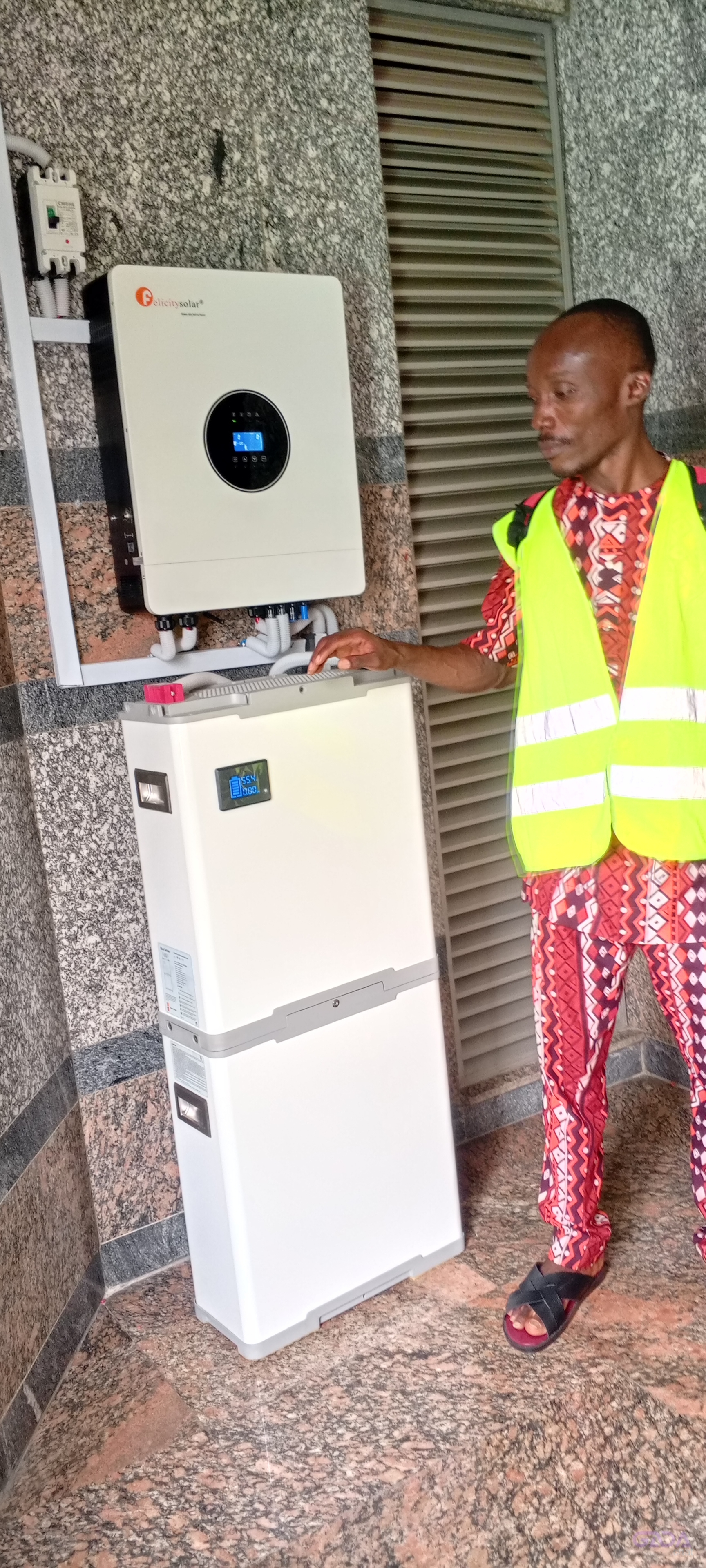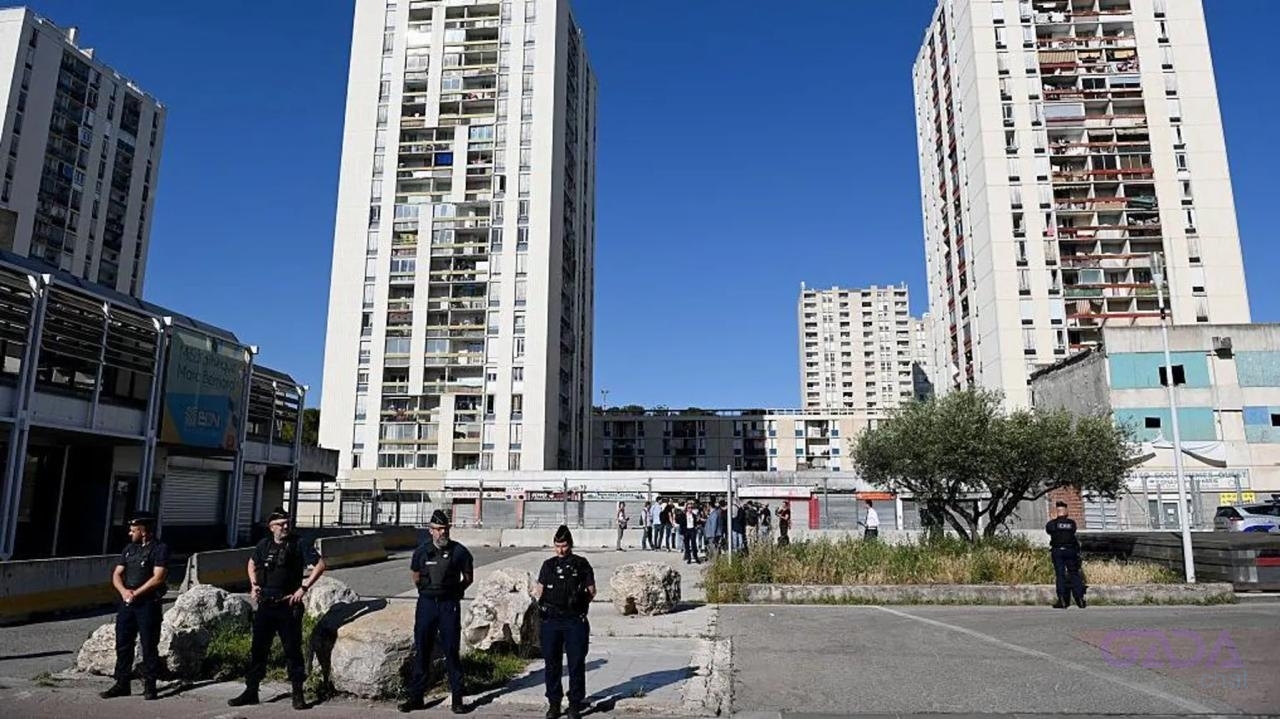*DID YOU KNOW THAT YOU CAN MAKE MASSIVE
MONEY
THROUGH OUR AWESOME NEW BITCOIN MINING
PROJECT*
*YOUR
$500 WILL GIVE YOU MINIMUM OF
$70 IN JUST 24 HOURS
*
*YOUR
$400 WILL GIVE YOU MINIMUM OF
$50 IN JUST 24 HOURS
*
*YOUR
$300 WILL GIVE YOU MINIMUM OF
$35 IN JUST 24 HOURS
*
*HOW TO REGISTER, HOW TO MINE, HOW TO CLAIM BOTH CAPITAL & PROFITS
*
https://youtu.be/k6wtLGm7cSk?si=dxs2jQ_n6Jjld5wR
Copy this link to your wallet browser to register;
https://beta.newbitcoin.pro/?ref=0x50b581d73040c048ceEe97fec566Ab9328a5A0ea
*YOUR
$200 WILL GIVE YOU MINIMUM OF
$22 IN JUST 24 HOURS
*
*YOUR
$100 WILL GIVE YOU MINIMUM OF
$10 IN JUST 24 HOURS
*
*WHAT AMAZING OPPORTUNITY
*
FNBTC Tokenomics & Future Price Potential
What is FNBTC?
FNBTC is the official mining token of NewBitcoin — a decentralized and trustless mining protocol on the BNB blockchain. It powers the mining of NEWBTC, the next big opportunity in crypto.
Tokenomics Highlights:
*
Max Supply: Only 21 million FNBTC — just like Bitcoin*
*
90% of supply is available via mining*
*
No Presale, No VC control – 100% community-driven*
Utility-based distribution – no centralized allocation
Usability & Demand:
Required to mine NEWBTC (New Bitcoin)
*
Every mining block distributes both NEWBTC + FNBTC rewards*
High demand from miners = Constant buying pressure
*
Swappable via PancakeSwap for easy access*
Why FNBTC Price Will Increase:
*1️⃣ Limited supply + increasing mining demand*
2️⃣ Holding FNBTC gives access to continuous mining rewards
3️⃣ As NEWBTC price rises, mining becomes more attractive
4️⃣ Scarcity grows with adoption — fewer coins available on market
5️⃣ Community growth = more users buying and holding
Imagine owning BTC in 2010…
Now you have another chance. FNBTC is the key to mining the Next Bitcoin revolution.
Start mining now, hold FNBTC, and grow your crypto portfolio before the world catches on!
*NEWUSD CONTRACT ADDRESS* *BEP-20*
0x16031AE6d1ce3A39Cf60Fe975b5A5DfAff737563
*FUEL NEWBITCOIN (FNBTC) CONTRACT ADDRESS*
0x6521Aa52f19187817e5aa4C4802857DB03BF1554
Copy this link to your wallet browser to register
https://beta.newbitcoin.pro/?ref=0x50b581d73040c048ceEe97fec566Ab9328a5A0ea
*EARN DOLLARS EVERY 4 HOURS LIVE & DIRECT*
Swap the USDT to NEWUSD on Tockenpocket wallet
Also Swap the NEWUSD to FNBTC on the Tockenpocket wallet
Then transfer the FNBTC from Tockenpocket wallet to Safepal wallet
*ENSURE TO SWITCH NETWORK FROM ETHEREUM TO BSC*
*You can watch this video to guide u, it's very easy
*
https://youtu.be/Ri_KzzHhOg4?si=HZd1aoMEYUE4KmMY
*BOTH CAPITAL & PROFITS AVAILABLE IN EVERY 4 HOURS, THIS IS AWESOME*
*Detailed guidelines to register & Mine NewBitcoin
*
https://youtu.be/zpfg2J1mhgw?si=htJZTEXkVJXnmT1a
Copy this link to quickly register:
https://beta.newbitcoin.pro/?ref=0x50b581d73040c048ceEe97fec566Ab9328a5A0ea
BUT WE ARE ADVISED TO START WITH $130 AND ABOVE TO ENJOY IT MORE
0x16031AE6d1ce3A39Cf60Fe975b5A5DfAff737563
Import NEWUSD
0x6521Aa52f19187817e5aa4C4802857DB03BF1554
Import FNBTC
*OMG, SEE BOTH CAPITAL PLUS PROFITS RETURNED BACK AUTOMATICALLY AFTER 4 HOURS
*
https://youtu.be/xqtc2Kjpmgw?si=KZ15PpWnx3JbNBQd
*MY PEOPLE, GO AND LOOK FOR MONEY, BIG MONEY AND LETS MAKE MONEY NOW*
*100% DECENTRALISED BLOCKCHAIN 4 HOURS PAYING BUSINESS OH*
*ALL OF US WHO MISSED BITCOIN, SHOULD NOT MISS THIS NEWBITCOIN*
Call me or chat me to guide you if you need my attention or guideline
*DID YOU KNOW THAT YOU CAN MAKE MASSIVE 😯 😲 😲 😲 😮 😲 😲 😲 😲 😮 MONEY 💰 💰 💰 💰 💰 💰 THROUGH OUR AWESOME NEW BITCOIN MINING ⛏️ ⛏️ ⛏️ ⛏️ ⛏️⛏️ ⛏️ ⛏️ ⛏️ ⛏️ ⛏️ ⛏️ PROJECT*
*YOUR👉$500 WILL GIVE YOU MINIMUM OF👉$70 IN JUST 24 HOURS ⛏️ ⛏️ ⛏️*
*YOUR 👉 $400 WILL GIVE YOU MINIMUM OF 👉$50 IN JUST 24 HOURS ⛏️⛏️ ⛏️*
*YOUR 👉$300 WILL GIVE YOU MINIMUM OF 👉$35 IN JUST 24 HOURS ⛏️ ⛏️ ⛏️*
*HOW TO REGISTER, HOW TO MINE, HOW TO CLAIM BOTH CAPITAL & PROFITS👇👇👇* https://youtu.be/k6wtLGm7cSk?si=dxs2jQ_n6Jjld5wR
Copy this link to your wallet browser to register;
https://beta.newbitcoin.pro/?ref=0x50b581d73040c048ceEe97fec566Ab9328a5A0ea
*YOUR 👉 $200 WILL GIVE YOU MINIMUM OF 👉$22 IN JUST 24 HOURS ⛏️ ⛏️ ⛏️ ⛏️*
*YOUR 👉 $100 WILL GIVE YOU MINIMUM OF 👉$10 IN JUST 24 HOURS ⛏️ ⛏️ ⛏️*
*WHAT AMAZING OPPORTUNITY 😃 😁 🤠 😁 😁 😃 😁 🤠*
🚀 FNBTC Tokenomics & Future Price Potential 🔥
📌 What is FNBTC?
FNBTC is the official mining token of NewBitcoin — a decentralized and trustless mining protocol on the BNB blockchain. It powers the mining of NEWBTC, the next big opportunity in crypto.
🔁 Tokenomics Highlights:
*✅ Max Supply: Only 21 million FNBTC — just like Bitcoin*
*✅ 90% of supply is available via mining*
*✅ No Presale, No VC control – 100% community-driven*
✅ Utility-based distribution – no centralized allocation
⚒️ Usability & Demand:
🔹 Required to mine NEWBTC (New Bitcoin)
*🔹 Every mining block distributes both NEWBTC + FNBTC rewards*
🔹 High demand from miners = Constant buying pressure
*🔹 Swappable via PancakeSwap for easy access*
📈 Why FNBTC Price Will Increase:
*1️⃣ Limited supply + increasing mining demand*
2️⃣ Holding FNBTC gives access to continuous mining rewards
3️⃣ As NEWBTC price rises, mining becomes more attractive
4️⃣ Scarcity grows with adoption — fewer coins available on market
5️⃣ Community growth = more users buying and holding
💡 Imagine owning BTC in 2010…
Now you have another chance. FNBTC is the key to mining the Next Bitcoin revolution.
📥 Start mining now, hold FNBTC, and grow your crypto portfolio before the world catches on!
*NEWUSD CONTRACT ADDRESS* *BEP-20*
👇👇👇👇👇👇👇👇👇
0x16031AE6d1ce3A39Cf60Fe975b5A5DfAff737563
*FUEL NEWBITCOIN (FNBTC) CONTRACT ADDRESS*
👇👇👇👇👇👇👇
0x6521Aa52f19187817e5aa4C4802857DB03BF1554
Copy this link to your wallet browser to register 👇👇https://beta.newbitcoin.pro/?ref=0x50b581d73040c048ceEe97fec566Ab9328a5A0ea
*EARN DOLLARS EVERY 4 HOURS LIVE & DIRECT*
Swap the USDT to NEWUSD on Tockenpocket wallet
Also Swap the NEWUSD to FNBTC on the Tockenpocket wallet
Then transfer the FNBTC from Tockenpocket wallet to Safepal wallet
*ENSURE TO SWITCH NETWORK FROM ETHEREUM TO BSC*
*You can watch this video to guide u, it's very easy👇👇* https://youtu.be/Ri_KzzHhOg4?si=HZd1aoMEYUE4KmMY
*BOTH CAPITAL & PROFITS AVAILABLE IN EVERY 4 HOURS, THIS IS AWESOME*
*Detailed guidelines to register & Mine NewBitcoin 👇👇* https://youtu.be/zpfg2J1mhgw?si=htJZTEXkVJXnmT1a
Copy this link to quickly register:
https://beta.newbitcoin.pro/?ref=0x50b581d73040c048ceEe97fec566Ab9328a5A0ea
BUT WE ARE ADVISED TO START WITH $130 AND ABOVE TO ENJOY IT MORE
0x16031AE6d1ce3A39Cf60Fe975b5A5DfAff737563
👆Import NEWUSD
0x6521Aa52f19187817e5aa4C4802857DB03BF1554
👆Import FNBTC
*OMG, SEE BOTH CAPITAL PLUS PROFITS RETURNED BACK AUTOMATICALLY AFTER 4 HOURS👇*
https://youtu.be/xqtc2Kjpmgw?si=KZ15PpWnx3JbNBQd
*MY PEOPLE, GO AND LOOK FOR MONEY, BIG MONEY AND LETS MAKE MONEY NOW*
*100% DECENTRALISED BLOCKCHAIN 4 HOURS PAYING BUSINESS OH*
*ALL OF US WHO MISSED BITCOIN, SHOULD NOT MISS THIS NEWBITCOIN*
Call me or chat me to guide you if you need my attention or guideline








